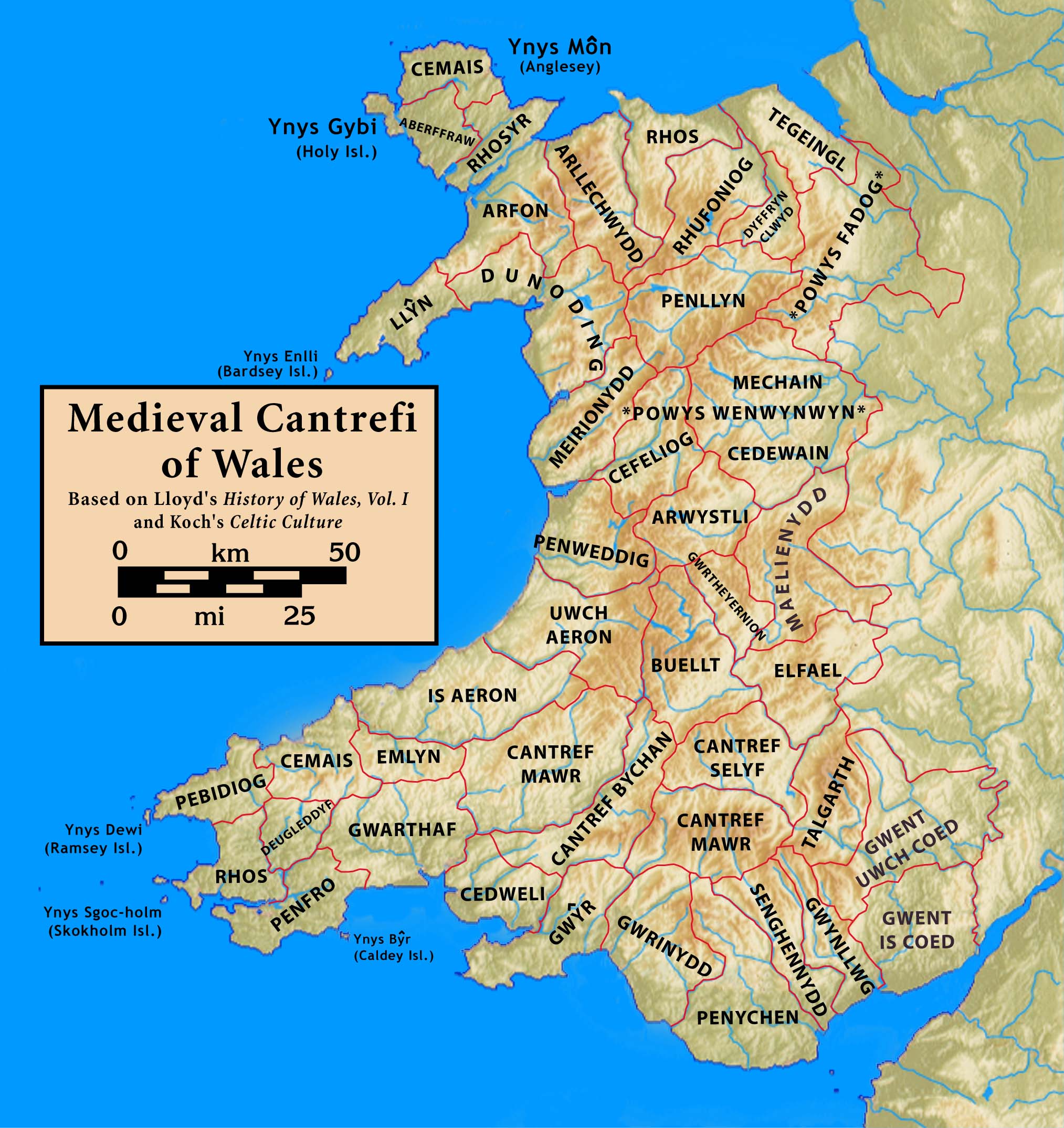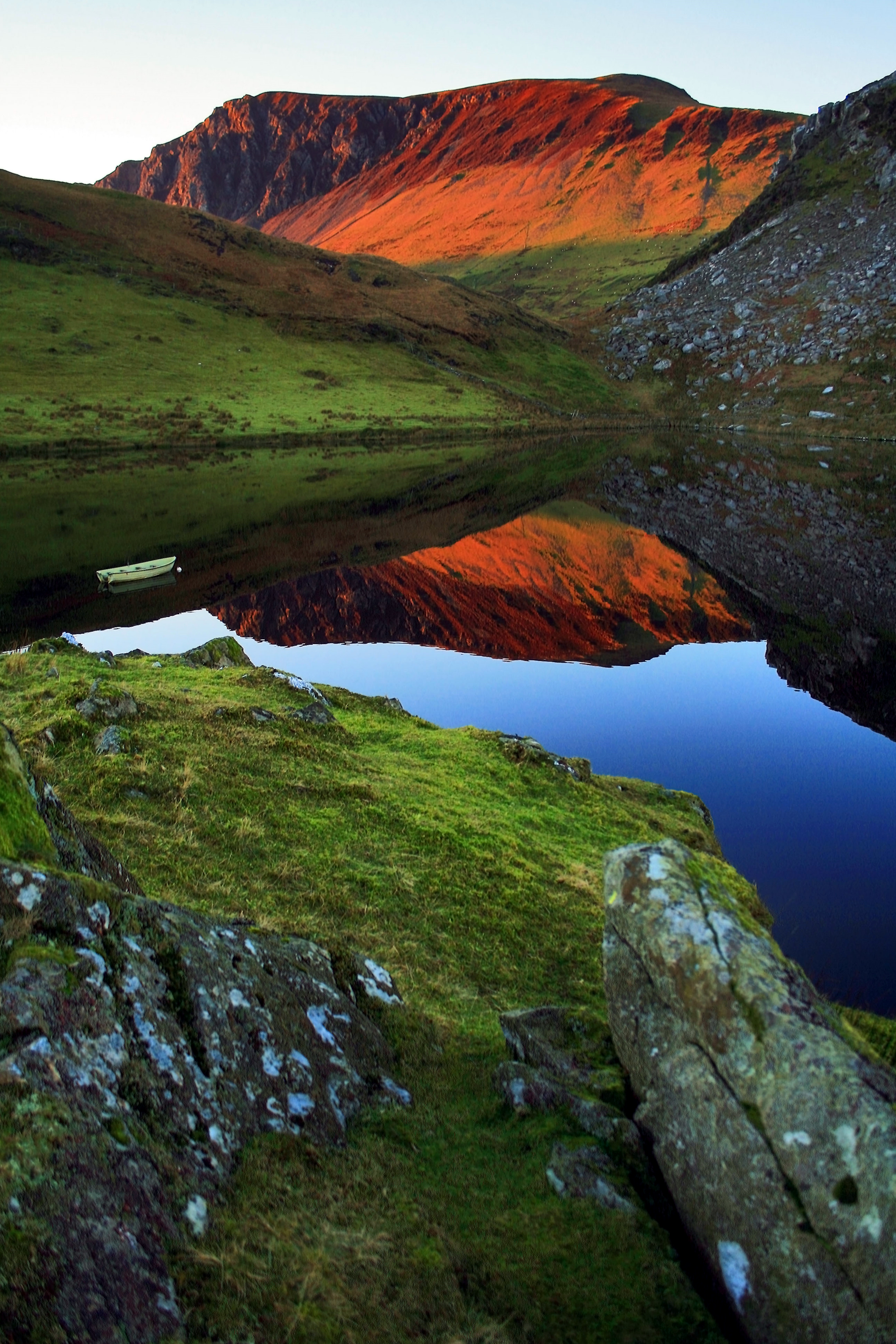|
Eifionnydd
Eifionydd () is an area in north-west Wales covering the south-eastern part of the Llŷn Peninsula from Porthmadog to just east of Pwllheli. The Afon Erch forms its western border. It now lies in Gwynedd. The commote of Eifionydd formed the northern half of the former minor kingdom of Dunoding within the Kingdom of Gwynedd. It traditionally took its name from Eifion, son of Dunod (who gave his name to the cantref) and grandson of Cunedda Wledig. The chief centre of the commote was at Criccieth, although there may have been an earlier royal residence at Dolbenmaen. Although it is not currently a unit of local government, the name is still in common use for the region. It includes the villages of Chwilog, Abererch, Llanaelhaearn, Pencaenewydd, Llangybi, Llanystumdwy, Llanarmon, Rhoslan, Pentrefelin, Penmorfa, Garndolbenmaen, Bryncir and Pantglas. R. Williams Parry's poem ''Eifionydd'' contrasts rural Eifionydd with the bustling slate quarries of Dyffryn Nant ... [...More Info...] [...Related Items...] OR: [Wikipedia] [Google] [Baidu] |
Cantrefi
A cantref ( ; ; plural cantrefi or cantrefs; also rendered as ''cantred'') was a medieval Welsh land division, particularly important in the administration of Welsh law. Description Land in medieval Wales was divided into ''cantrefi'', which were themselves divided into smaller ''cymydau'' (commotes). The word ''cantref'' is derived from ''cant'' ("a hundred") and ''tref'' ("town" in modern Welsh, but formerly used for much smaller settlements). The ''cantref'' is thought to be the original unit, with the commotes being a later division. ''Cantrefi'' could vary considerably in size: most were divided into two or three commotes, but the largest, the ''Cantref Mawr'' (or "Great Cantref") in Ystrad Tywi (now in Carmarthenshire) was divided into seven commotes. History The antiquity of the ''cantrefi'' is demonstrated by the fact that they often mark the boundary between dialects. Some were originally kingdoms in their own right; others may have been artificial units created later ... [...More Info...] [...Related Items...] OR: [Wikipedia] [Google] [Baidu] |
Llanaelhaearn
__NOTOC__ Llanaelhaearn is a village and community on the Llŷn Peninsula in the county of Gwynedd, Wales. The community includes the larger village of Trefor and has a population of 1,067, increasing to 1,117 at the 2011 Census. Name The town's name honours its patron saint and supposed founder Aelhaiarn ( "Iron Eyebrows"), although it was long known by the corrupted name Llanhaiarn, leading locals to suppose there had once been a "Saint Elern" instead. (A nearby estate known as Elernion—i.e., "St. Elern's"—is thought to have a similar origin.Baring-Gould, Sabine & al''The Lives of the British Saints: The Saints of Wales and Cornwall and Such Irish Saints as Have Dedications in Britain'', Vol. I, pp. 101 ff Chas. Clark (London), 1908. Hosted at Archive.org. Accessed 18 Nov 2014.) History The settlement is traditionally credited to its patron saint, a disciple of Saint Beuno, who was supposed to have been resurrected nearby. Both Aelhaia ... [...More Info...] [...Related Items...] OR: [Wikipedia] [Google] [Baidu] |
Beddgelert
Beddgelert () is a village and community in the Snowdonia area of Gwynedd, Wales. The population of the community taken at the 2011 census was 455, and includes Nantmor and Nant Gwynant. It is reputed to be named after the legendary hound Gelert. The community is large and sparsely populated and covers 86 square kilometres. Location The village stands in a valley at the confluence of the River Glaslyn and the River Colwyn. Just above the confluence of the rivers, in the centre of the village, is an old stone bridge with two arches. The River Gwynant also exists in the area, coinciding with the River Colwyn under what locals know as ‘Pont Bren’, creating the River Glaslyn. Many of the houses and hotels are built of local dark stone. To the west is Moel Hebog and its neighbours to the north and a series of hills rising to the top of Snowdon. A lane of the A4085 between Caernarfon (13 miles north) and Porthmadog (8 miles south) runs through the village. The outdoor e ... [...More Info...] [...Related Items...] OR: [Wikipedia] [Google] [Baidu] |
John Edward Lloyd
Sir John Edward Lloyd (5 May 1861 – 20 June 1947) was a Welsh historian, He was the author of the first serious history of the country's formative years, ''A History of Wales from the Earliest Times to the Edwardian Conquest'' (1911). Another of his great works was ''Owain Glendower: Owain Glyn Dŵr'' (1931). For his achievements in the field, he was made a Knight Bachelor The title of Knight Bachelor is the basic rank granted to a man who has been knighted by the monarch but not inducted as a member of one of the organised orders of chivalry; it is a part of the British honours system. Knights Bachelor are the ... in 1934. Under his editorship, the first edition of the '' Dictionary of Welsh Biography'' was compiled, though not published until after his death (1950). Works * * - in Welsh * * * * * * * See also * Cymru Fydd SourcesWelsh Biography Online External links * {{DEFAULTSORT:Lloyd, John Edward 1861 births 1947 deaths Alumni of Lincoln College, Ox ... [...More Info...] [...Related Items...] OR: [Wikipedia] [Google] [Baidu] |
Dyffryn Nantlle
The Nantlle Valley ( cy, Dyffryn Nantlle, ) is an area in Gwynedd, North Wales, characterised by its numerous small settlements. The area is also historically important geologically, and featured in one of the most contentious disputes of the 19th century, between the 'Diluvialists' who believed in the Biblical flood, and the ‘Glacialists’, who supported the Glacial Theory, which was substantially established by studies of the drift sediments on Moel Tryfan. Between 85 and 90% of the population of the Nantlle Valley speak Welsh as their first language. Some of the communities came into being as a result of slate quarrying in the late eighteenth or early nineteenth centuries, and some have a history stretching back to antiquity. There are Iron Age forts at Caer Engan in Pen-y-groes and on the coast at Dinas Dinlle and evidence of Bronze Age settlement on the higher ground. The valley was important during the Middle Ages, with a ''clas'' or ecclesiastical college developed at ... [...More Info...] [...Related Items...] OR: [Wikipedia] [Google] [Baidu] |
Pantglas
Pant Glas (Welsh for ''Green Hollow'' - in Welsh, as in other Celtic languages, "glas" may mean both 'green' and 'blue') is a hamlet on the A487 road in Gwynedd, Wales, in the community of Clynnog. Historically in Caernarfonshire, it is located approximately south of Caernarfon, north-west of Porthmadog, and north-east of Pwllheli. Nearby is the former Pant Glas railway station on the closed Carnarvonshire Railway. The station closed in January 1957. The railway closed in 1964 and has since been replaced with the Lôn Eifion cycle track. Also nearby is the Arfon transmitting station, the tallest structure in Wales. Welsh opera singer Bryn Terfel was brought up at Fferm Nant Cyll Ucha, located just outside the hamlet. In February 2005, the speed limit Speed limits on road traffic, as used in most countries, set the legal maximum speed at which vehicles may travel on a given stretch of road. Speed limits are generally indicated on a traffic sign reflecting the maximum perm ... [...More Info...] [...Related Items...] OR: [Wikipedia] [Google] [Baidu] |
Garndolbenmaen
Garndolbenmaen, known colloquially as Garn, is a village in the county of Gwynedd, Wales. It lies near the A487, approximately north west of Porthmadog, in the community of Dolbenmaen, which has a population of 1,300. The closest villages are Dolbenmaen and Bryncir. The ''Papur Bro'', the local Welsh language paper, is called ''Y Ffynnon'' (The Source/Spring). The village itself has a population of around 300. In 1856-7 Evan Jones of Garndolbenmaen built the Ynys-y-Pandy Mill on the nearby Gorseddau Junction and Portmadoc Railway. Blaen y Cae recording studios are located in the village, where Pep Le Pew's album, ''Un tro yn y Gorllewin'' and the last album by Gwyneth Glyn, ''Wyneb Dros Dro'', were recorded. The producer and musician Dyl Mei also lives in Garndolbenmaen. Approximately 50 pupils attend Ysgol Gynradd Garndolbenmaen, many pupils travel from nearby villages including Pant Glas, Bryncir, Cwm Pennant and Golan. The number of pupils attending the school has re ... [...More Info...] [...Related Items...] OR: [Wikipedia] [Google] [Baidu] |
Llanarmon Eifionydd
Llanarmon ''(English: Garmon's Church)'' is a small village and former civil parish in the old commote of Eifionydd and Cantref Dunoding in the Welsh county of Gwynedd. The parish was abolished in 1934 and incorporated into Llanystumdwy. The village lies north east of Pwllheli and is close to the village of Llangybi, a holy well and the mountain of Carn Pentrych. A well-preserved 15th-century manor house at Penarth-fawr is maintained by Cadw, and another ancient monument ''Plas Du'' ''( Welsh: Black Place)'' is a well-preserved, substantial sub-medieval gentry house. retrieved 13 January 2010 It also has important historical associations; it was known as the centre of the Roman ... [...More Info...] [...Related Items...] OR: [Wikipedia] [Google] [Baidu] |




.jpg)
